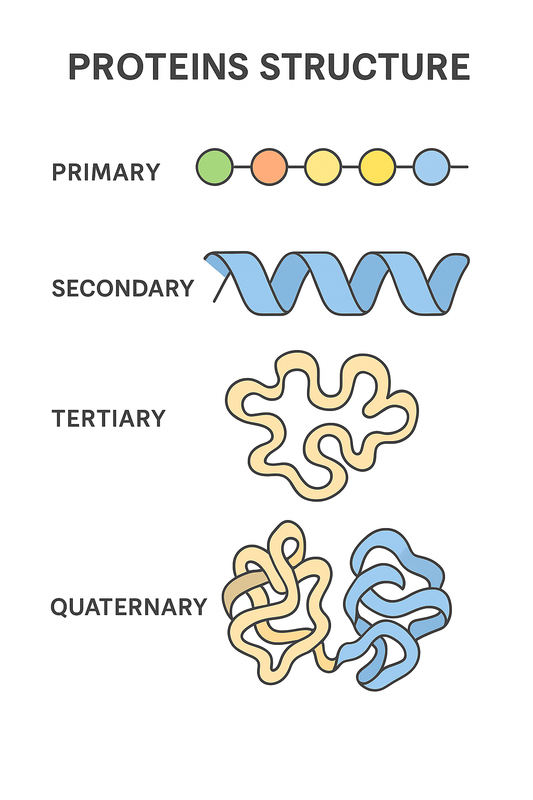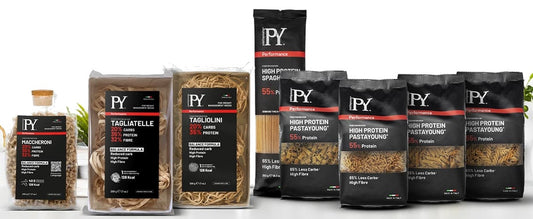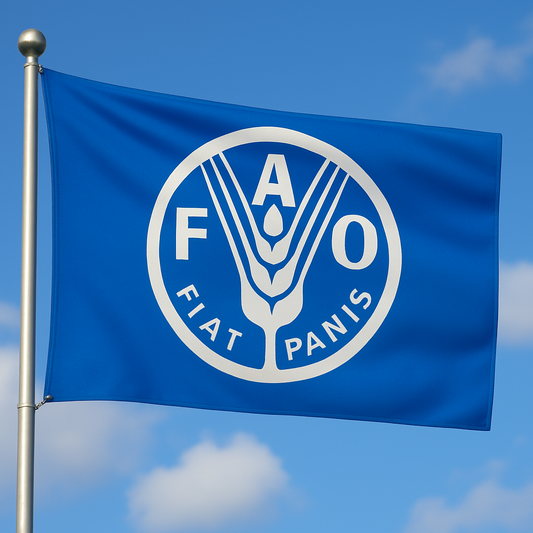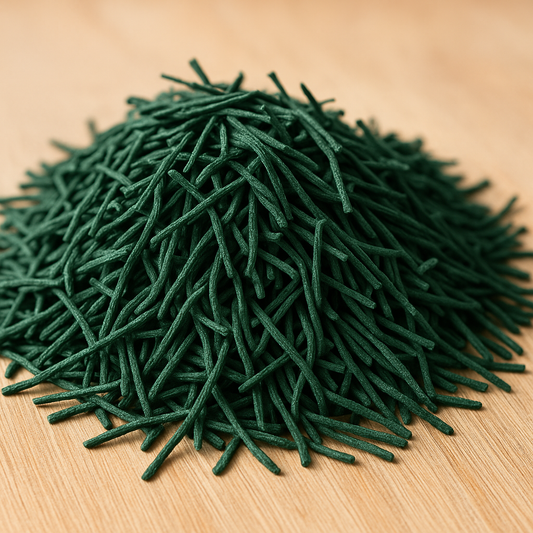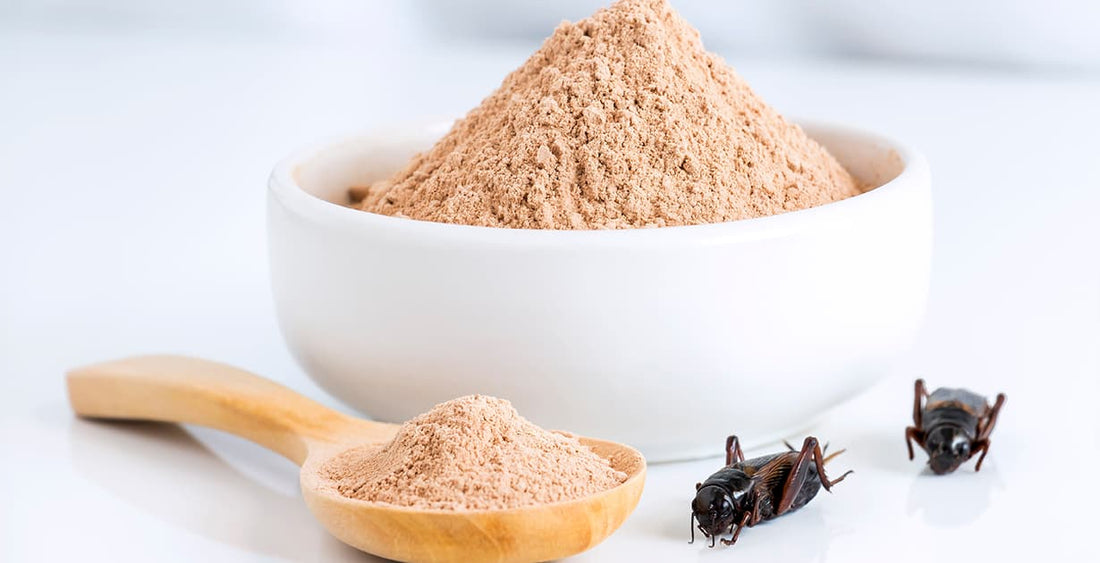
Edible insects flour
Share
In the long journey of homo sapiens, agriculture is a recent phenomenon. Among the earliest crops domesticated by man are certainly grains, often these were reduced to powder with a pestle and mortar, but as early as a millennia ago women and men got it into their heads that reducing things to powder was convenient. Better digestibility, easier storage and longer shelf life, the advantages were many. Just add a little water and everything changes shape again, and you're done.
Over the centuries there have been hundreds of products that man has tried to reduce to powder. Not only seeds, but also bones, minerals and other plant derivatives.
Today we are talking about insects becoming flour. You will see, the result will be a malleable product able to overcome the resistance of the most skeptical of taste-testers; but let's go in order. We mentioned insect flour, but which ones?
The most common insects used in the production of flour are: crickets, grasshoppers and tenebrionids (larvae of tenebrio molitor and alphitobius diaperinus).
From the point of view of production, insect flours are composed of dehydrated animals and then reduced to powder by means of mechanical processes. During this process there is almost zero waste, the whole body of the animal becomes flour, nothing is thrown away. We're always saying that insects are an environmentally sustainable source of protein, so we are saying it again here. Get it through your head: very few emissions, very little land area involved in farming and very little water needed to grow the animals. There we go again, they are unbeatable from this point of view.
On the nutritional front, what is immediately noticeable is the very high protein content; but that's not all, there is much more. Fibers (fundamental for proper digestion) and a fantastic lipid balance: many unsaturated fats (the ones that are good for you, oleic and linoleic) and few saturated fats (the ones that make you break down). Vitamins and minerals such as potassium, iron and phosphorus complete the circle.
In addition, insect flour does not contain gluten and is therefore also suitable for people who can not, or do not want to, eat it.
"Yeah, that's all well and good, but would you like to tell us how to eat these blessed flours?"
You're right my fussy imaginary friend, so here's some practical advice.

Let's start with a very simple premise: you can add insect flour to any dish where you would normally use grain flour. Basically, it's a matter of creativity. In pizza dough, to make crepes, in the noodles that grandma taught you to roll out with a rolling pin.
A useful tip is to use between 10 and 20% insect flour out of the total: do you want to make a one kilo dough? Try 800 grams of wheat flour and 200 of grasshopper flour. The limit of 20% is not to be considered as insurmountable. Let's say, however, that the more you go beyond this threshold, the more the result could, given the high nutritional values of the product, appear as a bit heavy; I have warned you, then you see, in the end everyone has their own taste
Another interesting tip is aimed at all sports people, whether competitive or amateur, who follow a high protein diet. I say to you, I have seen you eat terrible things without batting an eyelid in order to reach the protein levels you had set for yourself. Every year you consume hundreds of chicken breasts of dubious origin and prepare big drinks full of powders that are anything but satisfying. Wouldn't it be better to have breakfast with pancakes containing a little bit of insect flour soaked in maple syrup? No?
But what about the taste? What do these flours taste like? The answer is: it depends. It depends on the species of insect and it depends on what the animals are fed. What we can say is do not imagine strange flavors unsuitable for the vast majority of palates. A delicacy with notes of dried fruit, a little almond, a little pine nuts.
The barriers that separate us from consuming these products are all mental, the food of the future is just a click away. If you'd like to try it, we guarantee you won't be disappointed, and who knows, maybe grandma will like cricket noodles too... okay, maybe tell her after she's eaten them...

